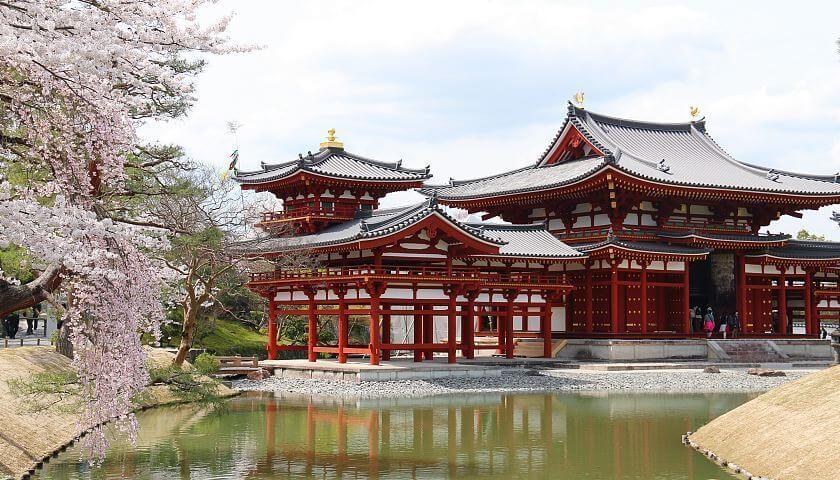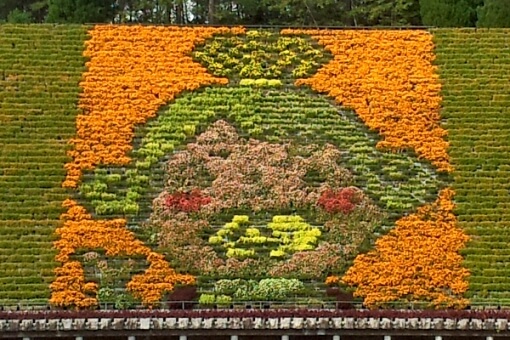GOING SOLO in Japan 3 – BYODOIN TEMPLE Last Updated: April 15, 2022

Our first visit to UJI
I had never heard of this small but famous town located halfway between two historical cities – Kyoto and Nara.
During our stays in Kyoto it was my regular plan to meet my old Japanese friend Madame Matanosan Ozumi from Maizuru. She spoke good English. She always brought along one of her friend Machikosan who also spoke english . It was like a “ Day out for me “. They made plans for us to visit some very interesting spots around Kyoto, followed by lunch.
On one of the occassion we went to “ UJI ” by train.
Uji is known for its shrines and temples. Byodo-in, the temple that is featured on the reverse side of the 10-yen coin is locted in Uji and it is home to the oldest shrine building in Japan, along with Ujigami Shrine. Finally, many literature fans visit Uji because it is the setting to the last 10 chapters inTales of Genji.
Uji is also famous for its Green Tea considered the best in the world.
For me my most favourite spots were Byodo in Temple and Botanical garden.
Byodoin Temple••
Temple with a beautiful Pure Land Garden


Byodoin Temple ( Byōdōin) is a striking example of Buddhist Pure Land (Jodo) architecture. Together with its garden, the temple represents the Pure Land Paradise and was influential on later temple construction. Byodoin was initially built in 998 as a countryside retreat villa for the powerful politician Fujiwara no Michinaga, not as a temple.
Michinaga’s son turned Byodoin into a temple and ordered the construction of its most spectacular feature, the Phoenix Hall. Although the building was given another official name, almost immediately after its construction in 1053, it was nicknamed Hoodo (“Phoenix Hall”) because of its shape and the two phoenix statues on its roof. The hall is now featured on the back of the Japanese ten yen coin. In Japan it is a tradition that temples open the collection of important artefacts once a year for people to see.So our visit was timed accordingly.
After seeing the temple and walking around the garden we went to Uji Botanical garden for lunch. The restaurant is situated on top of a hillock and below spreds beautiful manicured botanical garden.
Later on, I went to Uji several times as my husband was teaching at a hospital for 2 days over several years. We made it a point to see this temple again and again.
Ujigami Shrine (Ujigami Jinja) is believed to be the oldest standing shrine in Japan. Although there is no official record of when it was first constructed, experts estimate that Ujigami Shrine was well established by 1060. It was closely linked to Byodoin Temple as its “guardian shrine”.
Ujigami Shrine became recognized as a Unesco World Heritage Site in 1994 together with other shrines and temples in the Kyoto area. The main hall is built in the nagare-zukuri architectural style, one of the most common shrine architecture styles: a curved asymmetrical roof extends out more on the side of the main entrance than on the opposite side to provide shelter for worshipers.
A hundred meters south of Ujigami Shrine stands Uji Shrine, also built in the nagare-zukuri style. The two shrines used to be one until they were separated during the Meiji Period (1868-1912). Ujigami Shrine used to be known as the upper shrine while Uji Shrine was the lower shrine.


